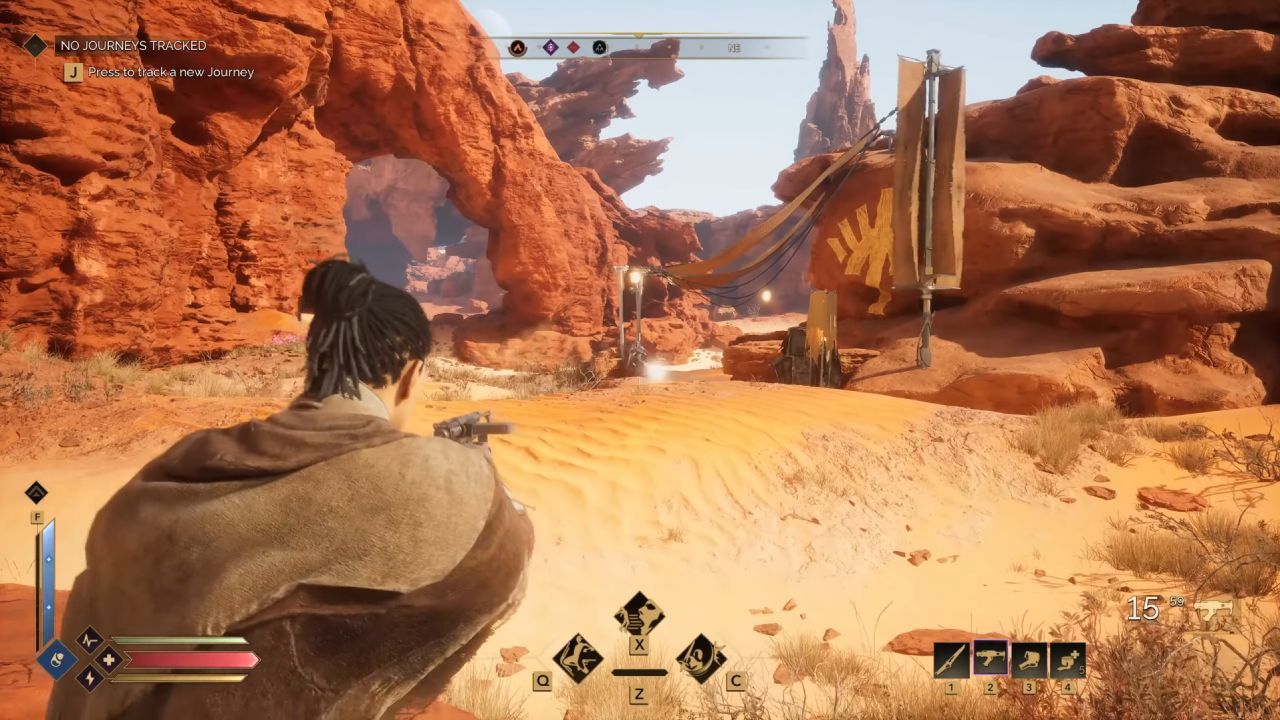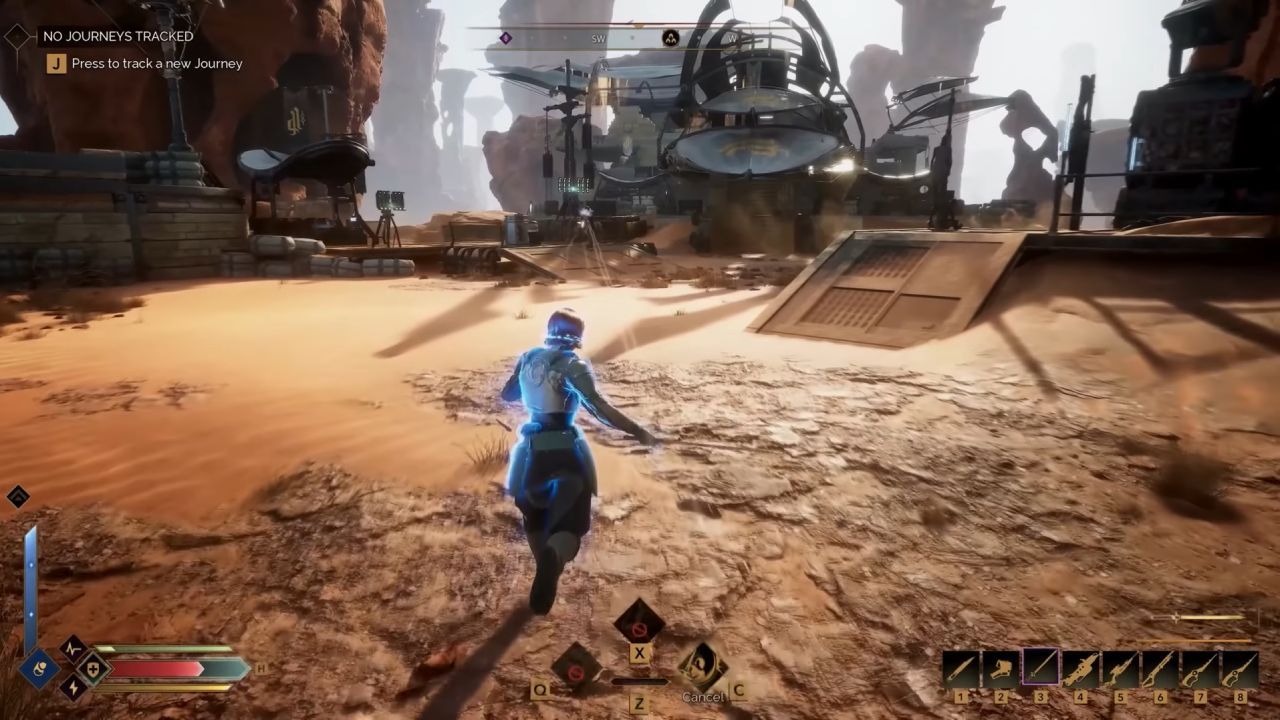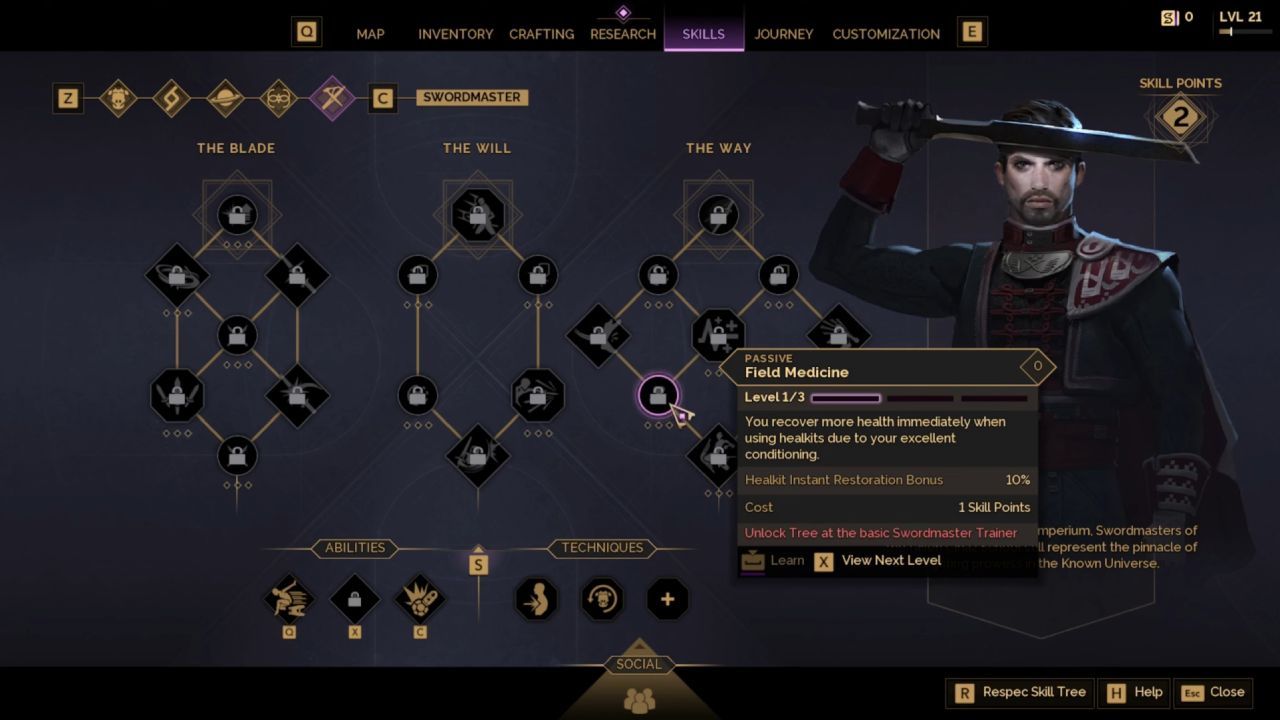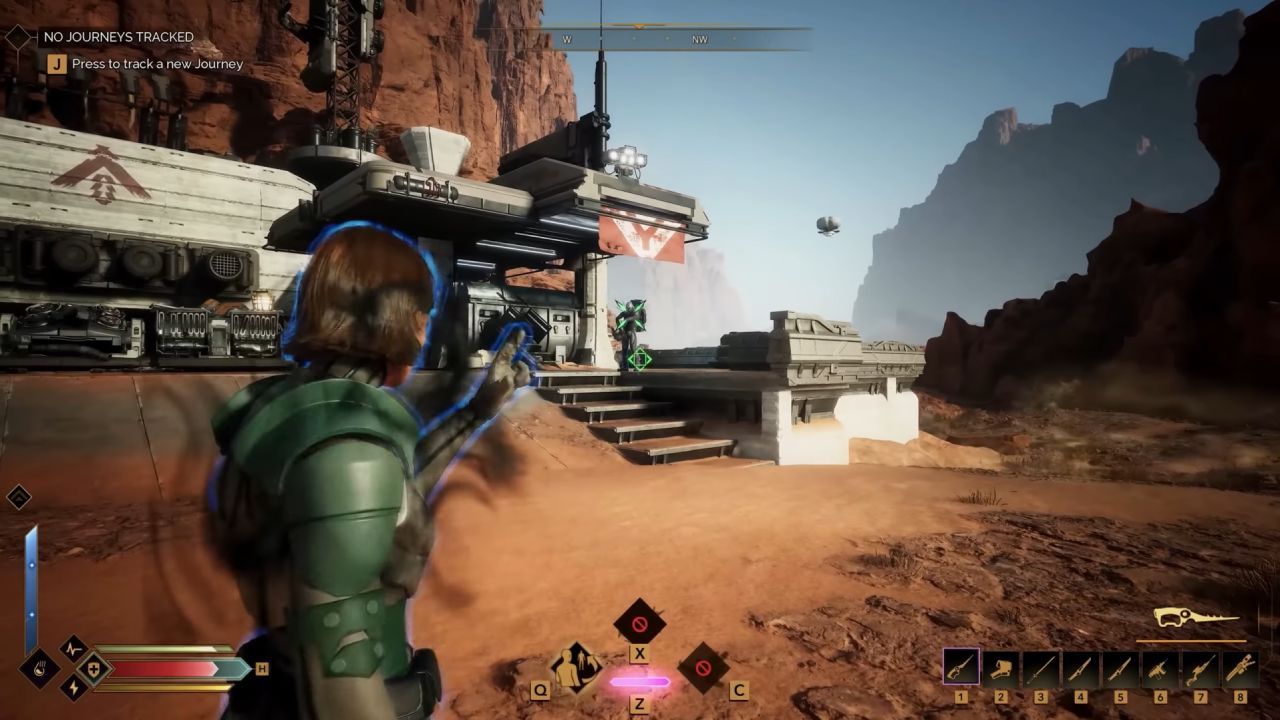Selecting a starter class in a fresh title often poses significant challenges, and Dune: Awakening follows this pattern. Our analysis emphasizes first impressions—core mechanics, combat flow, strengths, weaknesses, and accessibility during introductory gameplay phases.
Advanced strategies involving class synergies or endgame systems won’t be covered here, as we prioritize foundational knowledge for newcomers.

Understanding the Guide’s Focus
Two core principles define this resource: 1) It examines basic mechanics—immediate play sensations and early progression hurdles. 2) It deliberately omits mid-late game content, focusing exclusively on your first 3-5 hours of gameplay.
Initial Class Options
Four foundational classes appear during character creation. The fifth specialization (Planetologist) unlocks later—discussion of its acquisition will appear in future coverage.




Melee Specialist Profile
This close-quarters archetype utilizes blades ranging from rapiers to two-handed swords. While daggers appear briefly in initial sequences, they quickly give way to signature armaments.
Tutorial Phase Limitations
Early encounters predominantly feature projectile weapons, leaving shieldless warriors vulnerable. The temporary Deflect ability mitigates some damage during approach but deactivates when attacking—group engagements prove particularly perilous.




Mid-Game Transformation
Reaching the Iron region (Tier Two) unlocks transformative upgrades: proper shields, gap-closing abilities, and area-effect techniques. This marks the combatant’s evolution into a dominant force.
Post-Tutorial Dominance




Post-tutorial upgrades radically alter gameplay dynamics. Developers implemented enemy loadout adjustments to counter this class’s overwhelming potential, reflecting its premier status among initial options.
Investing Time Wisely
Anticipate 4-6 hours of initial adaptation involving frequent healing and tactical retreats. The transition from fragile novice to frontline powerhouse rewards persistent players through strategic advancement.

